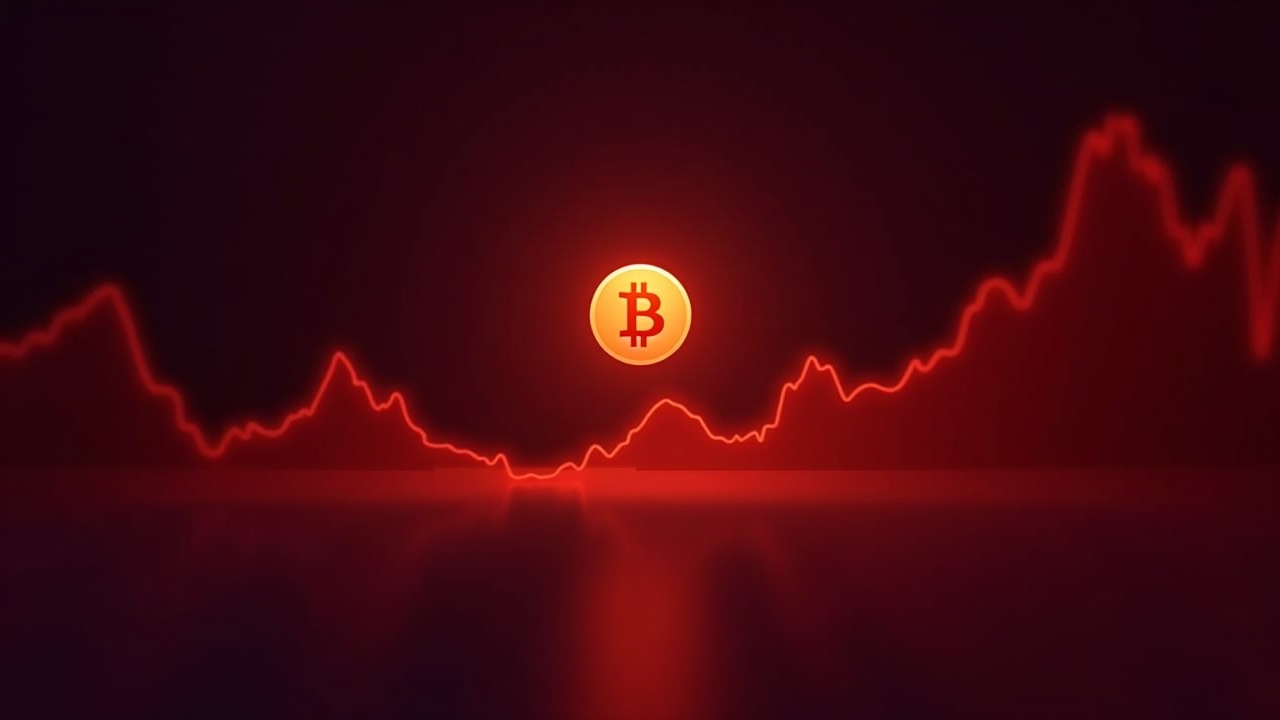The analysis of Pi Network’s performance since its mainnet launch reveals a market caught between its massive community potential and the harsh realities of its current economic structure. The apparent price stability is less a sign of strength and more a function of illiquidity and a steady stream of newly unlocked tokens entering the market.
The Illusion of Stability in a Thin Market
Since the mainnet launched on February 20, 2025, Pi Coin (PI) has indeed traded within a relatively narrow band. Current live data shows a price of approximately $0.214, with a market capitalization hovering around $1.77 billion. However, this steadiness is deceptive. It occurs amidst thin trading volumes and a significant price decline from its all-time high of nearly $3.00, representing a crash of about 88% since its debut.
This phenomenon is largely attributed to the token’s limited accessibility. As you noted, a major headwind for Pi is its absence from top-tier cryptocurrency exchanges. This confines trading to smaller platforms, resulting in “shallow pools” of liquidity. In such an environment, even modest sell orders can lead to significant price slippage, while also making the price appear stable simply because of low trading activity.
Supply and Demand: The Core Economic Pressure
The most significant factor weighing on Pi’s price is a fundamental imbalance between supply and demand.
-
A Flood of New Supply: Pi Network has a maximum supply of 100 billion tokens. Data from PiScan indicates that the network experiences continuous token unlocks, with millions of PI tokens being released into circulation daily. Recent large unlock events, such as one that added 163 million PI (worth approximately $60 million at the time), have significantly contributed to the downward price pressure. With a reported 1.27 billion more tokens scheduled to unlock in the coming year, this oversupply issue is a persistent threat to Pi’s valuation.
-
Untested Real Demand: While Pi Network boasts a community of millions of users who “mined” the token on their phones, the critical question remains whether this user base translates into sustainable economic demand. The initial surge of selling post-launch came from early miners eager to realize value on their free-mined coins. For the price to find a stable footing, the sell pressure from these unlocks must be met with robust new demand from buyers who see long-term utility and value in the Pi ecosystem, which is still in its early stages of development.

A Trader’s Outlook on PI
For anyone involved with Pi Coin, the path forward hinges on a few critical, observable factors. The most immediate pressure point is the schedule of token unlocks. Each new release of coins tests the market’s ability to absorb additional supply without further price depreciation.
The single most impactful potential catalyst would be a listing on a major global exchange, such as Binance or Coinbase. Such an event would dramatically increase accessibility, liquidity, and legitimacy, potentially attracting a new wave of buyers. Until then, the price is likely to remain vulnerable.
From a technical perspective, the charts show significant resistance levels overhead. A break above $0.95 or $1.35 would require a substantial shift in momentum. Conversely, if selling pressure intensifies, the next key support level to watch is far lower, with some analysts warning of a potential slide toward $0.10.
In summary, while Pi Network’s community is its greatest asset, the token’s current market performance is a cautionary tale about the difference between user growth and economic viability. The coming months will be decisive, shaped largely by the pace of token unlocks and any breakthrough in achieving listings on major trading platforms.


